
Gdańsk - visit and attractions
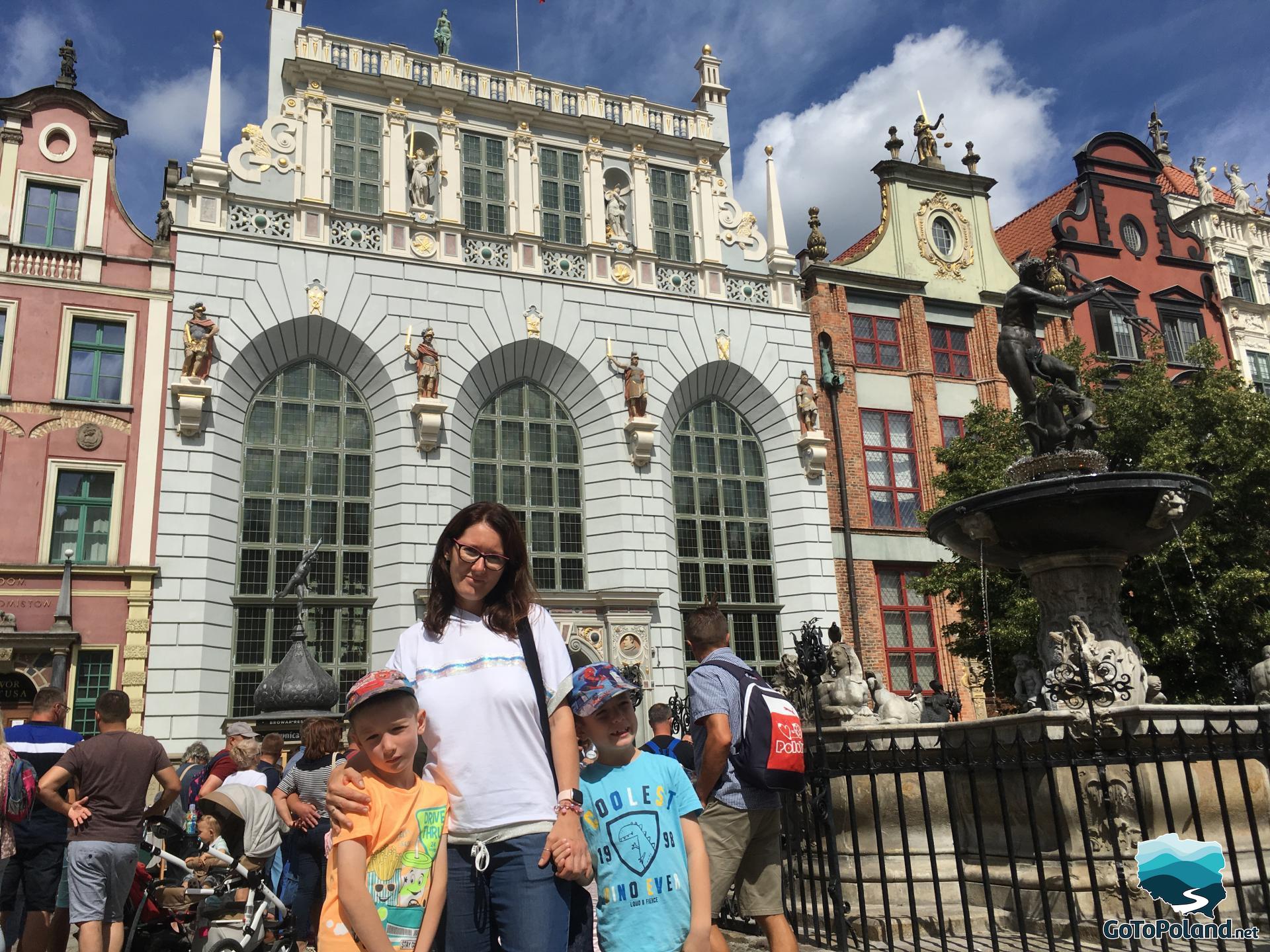
Gdańsk attracts tourists with its more than a thousand years of history, culture and location on the Baltic Sea. It was a royal and Hanseatic city. Gdańsk is considered as a symbolic place of the outbreak of World War II and the beginning of the fall of communism in Central Europe. Currently, Gdańsk is inhabited by nearly half a million people, which makes the city one of the largest in Poland. The world's largest international fair of amber and amber products is held here. Is it worth coming to Gdańsk - for sure! This beautiful, historic city has a lot to offer. I was especially charmed by "Długi Targ" which is the heart and soul of the city. The view of the magnificent tenement houses, Neptune's fountain and Długie Pobrzeże (which is a waterfront promenade) with cafes, pubs and small shops with amber products was fascinating. Visit Gdańsk with me.
More information about Gdańsk you can find on Wikipedia
What to see in Gdańsk?
I recommend visiting in Gdańsk particularly St. Mary's Basilica, which is the largest in the world! brick church that can accommodate 25,000 worshipers and an excellent example of Gothic art, Town Hall with a Museum, the Uphagen's House - Museum of Bourgeois Interiors, The Neptune Fountain, which is the symbol of the city, as well as the Crane Gate, which is the largest and oldest of the preserved port cranes of medieval Europe, which was built in the years 1442-1444, Długa Street and Długi Targ, where the heart of the city is located and the charming Mariacka Street, "Artus Court" which is the most beautiful tenement house in Gdańsk with a unique stove and ship models inside, European Solidarity Centre and much more.
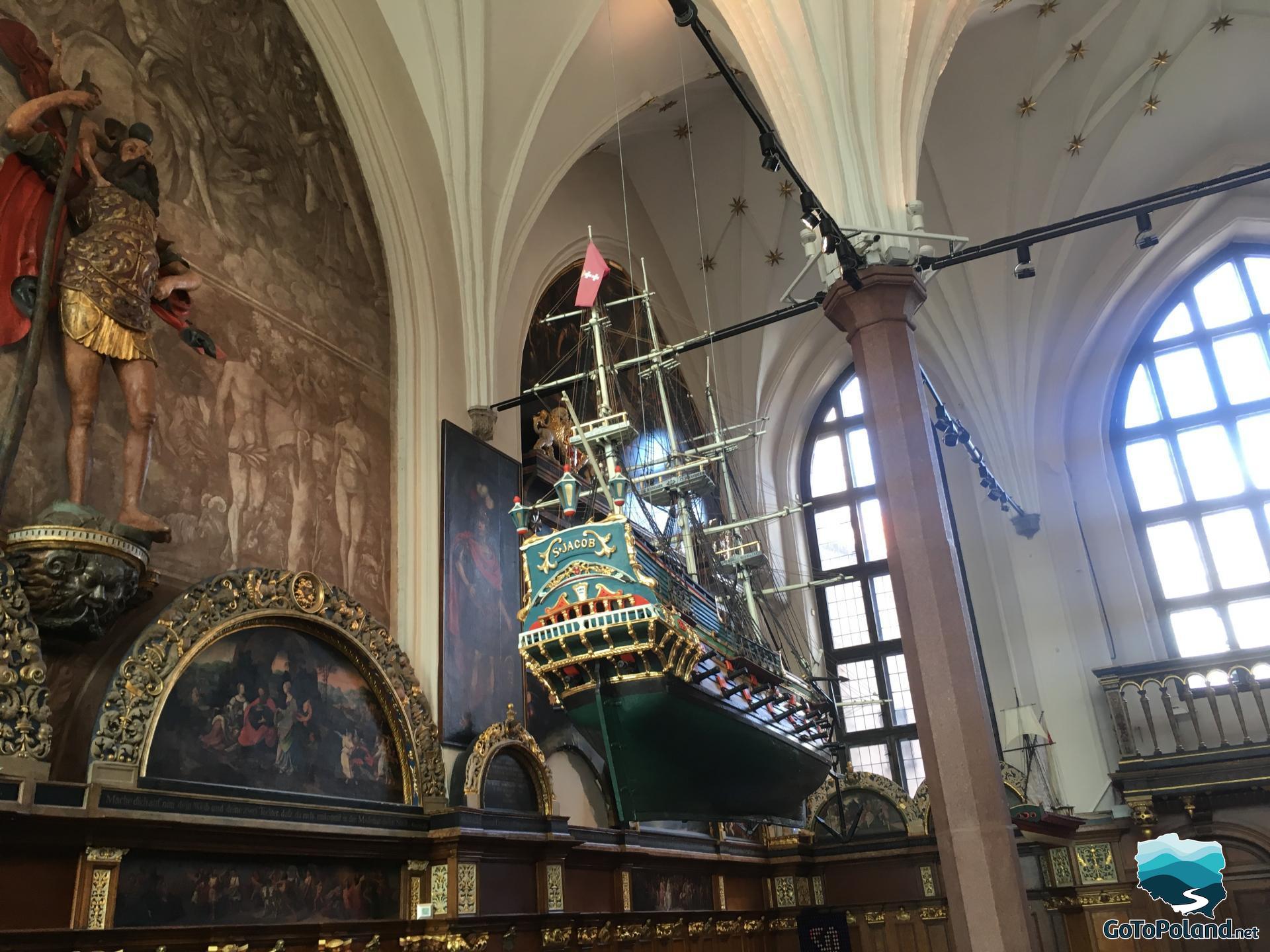
How far is it from Warsaw to Gdańsk?
The distance from Warsaw to Gdańsk is 340 km.
Is there an airport in Gdańsk?
Yes, there is Gdańsk Lech Wałęsa Airport. It is an international airport located 10 km from the center of Gdańsk and Sopot and 23 km from the center of Gdynia. The port is located near the Tri-City ring road. The number of checked-in passengers classifies the Airport in Gdańsk as the main regional airport and it is currently the 3rd Polish airport behind the Chopin Airport in Warsaw and Balice in Kraków.
What to visit in Gdańsk in one day?
There are many attractions around the historic center like St. Mary's Basilica, Town Hall with a Museum inside, The Neptune Fountain, many wonderful tenement houses, the Crane Gate, “Długi Targ”, waterfront promenade “Długie Pobrzeże”. In my opinion, it is still worth going to Westerplatte even for a moment, for example in the evening (after seeing the attractions in the very center).
Is one day enough to see Gdańsk?
If you want to visit more than just “Długi Targ” and its attractions, I recommend spending a few more days in Gdańsk.
How far is it from Gdańsk to Westerplatte?
The distance from Gdańsk to Westerplatte is only 12 km.
Is it worth seeing Westerplatte?
Definitely, Westerplatte is considered to be the place where World War II began.
So let's start our adventure in Gdańsk :)
The Main Town Hall with its great tower. The Main Town Hall is a Gothic-Renaissance building, located on Długa Street at Długi Targ. The Town Hall dominates the panorama of the Royal Route, the most representative route of the historic part of the city. The origins of the building date back to the early Middle Ages. It was the seat of the authorities of the most important area of Gdańsk, called from the 14th century - the Main City.

The tenement houses in Gdańsk are really beautiful. Look at those figures on top of buildings. Amazing ;)
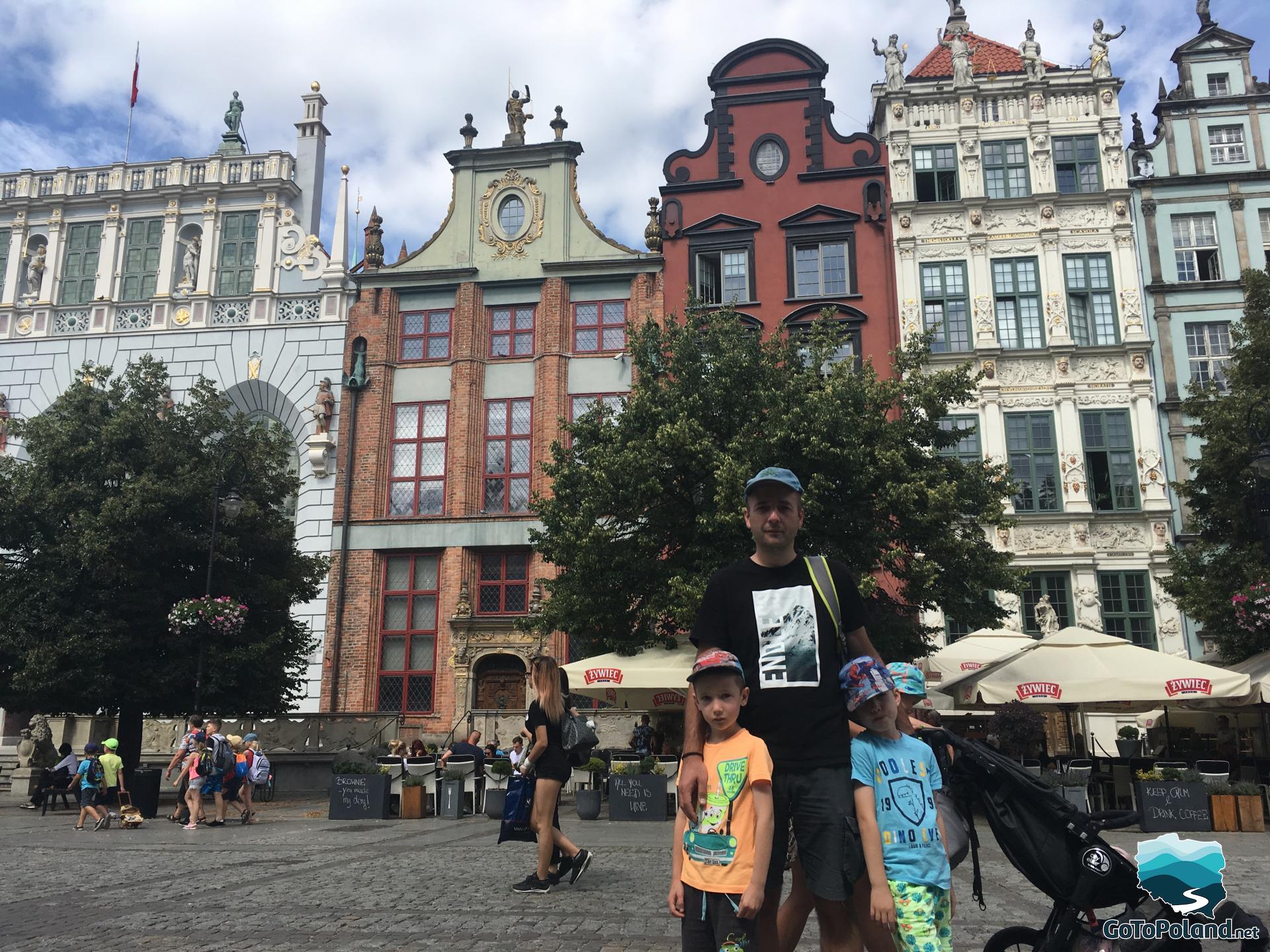
We are in Uphagen's house. This is the only one in Poland and one of the few in Europe of 18th-century bourgeois tenement houses open to the public. Today, you can see living and utility rooms in the tenement house. On the second floor, the former bedrooms and the lounge are now rooms for temporary exhibitions.
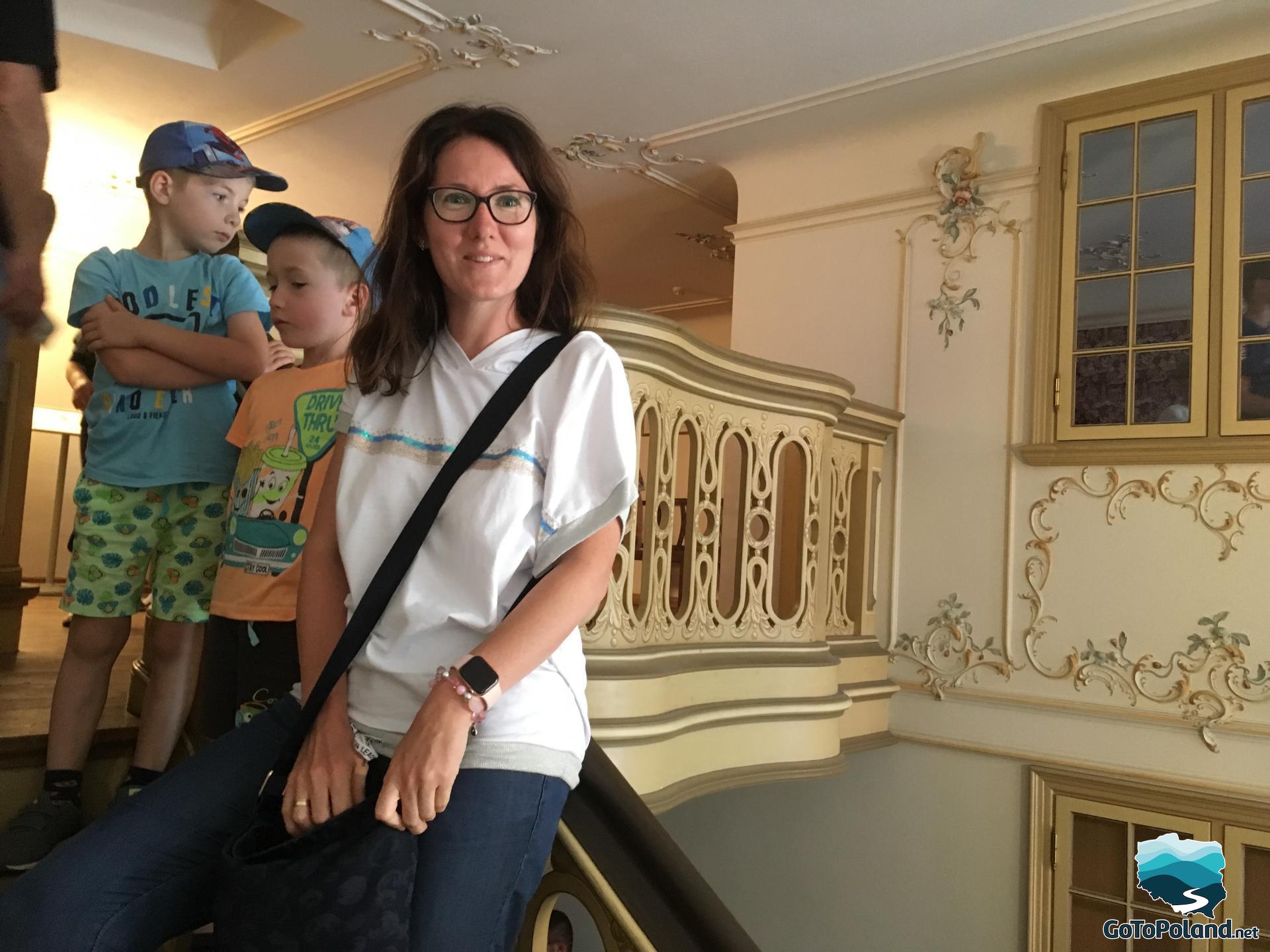
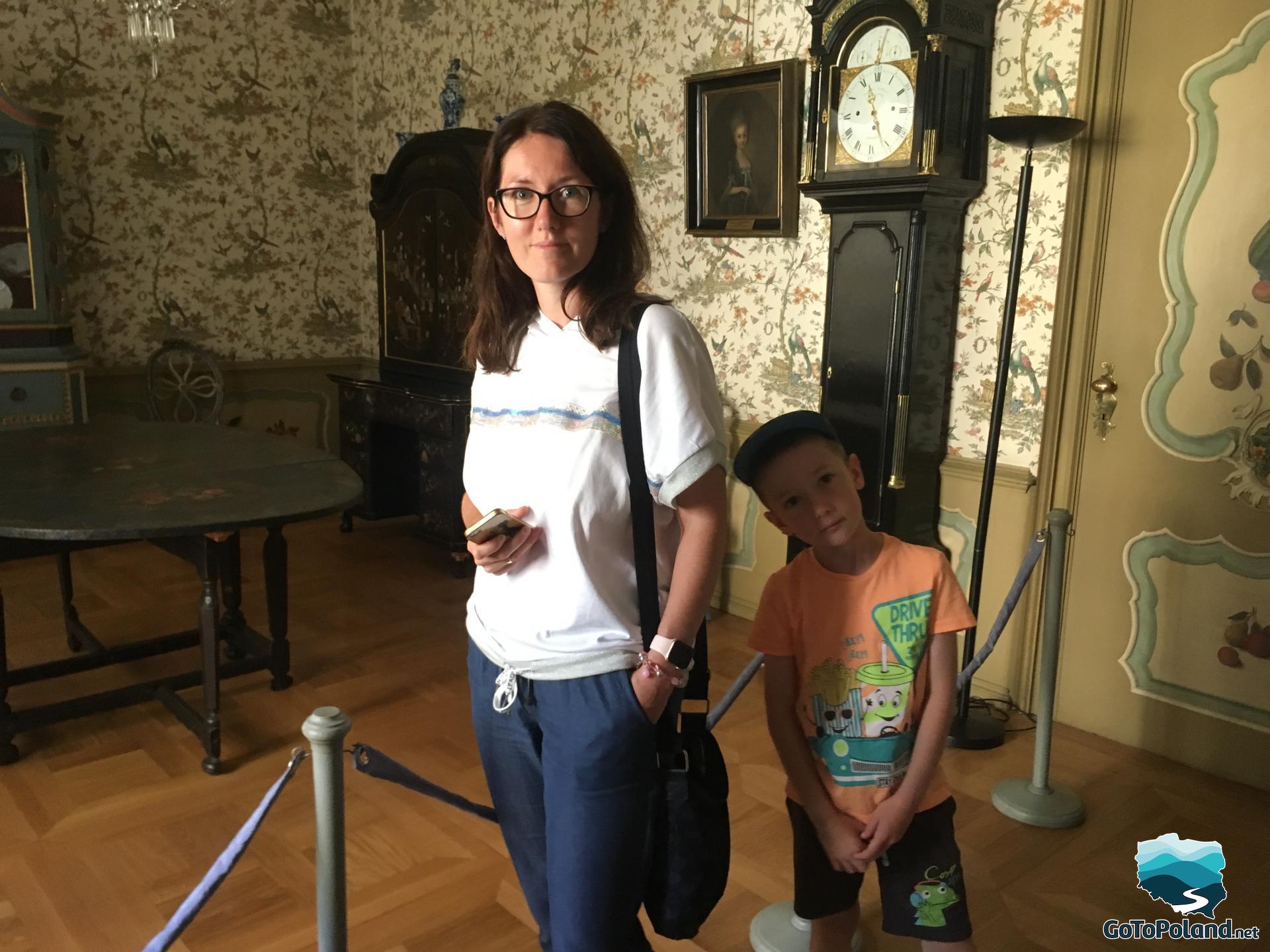
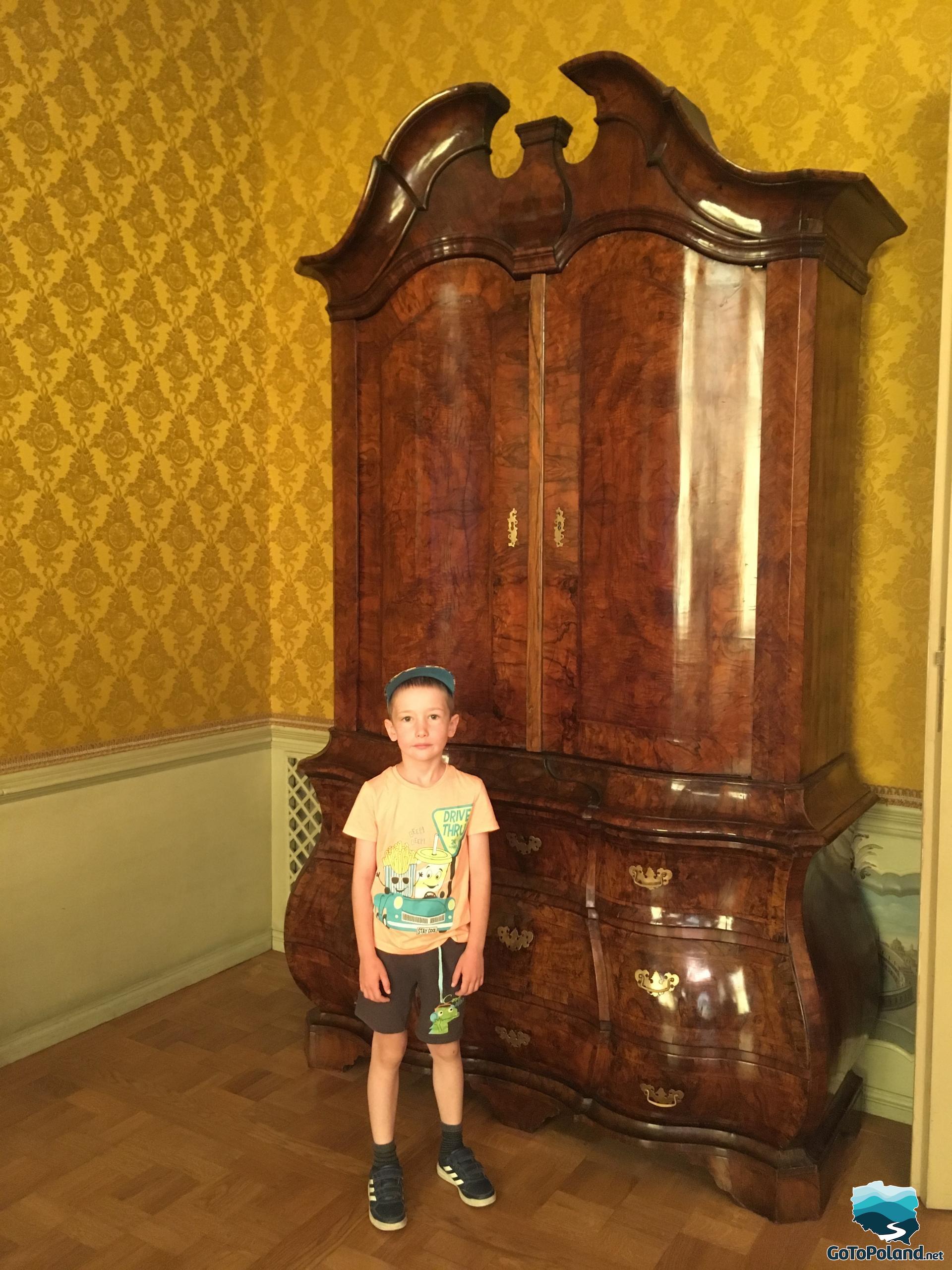
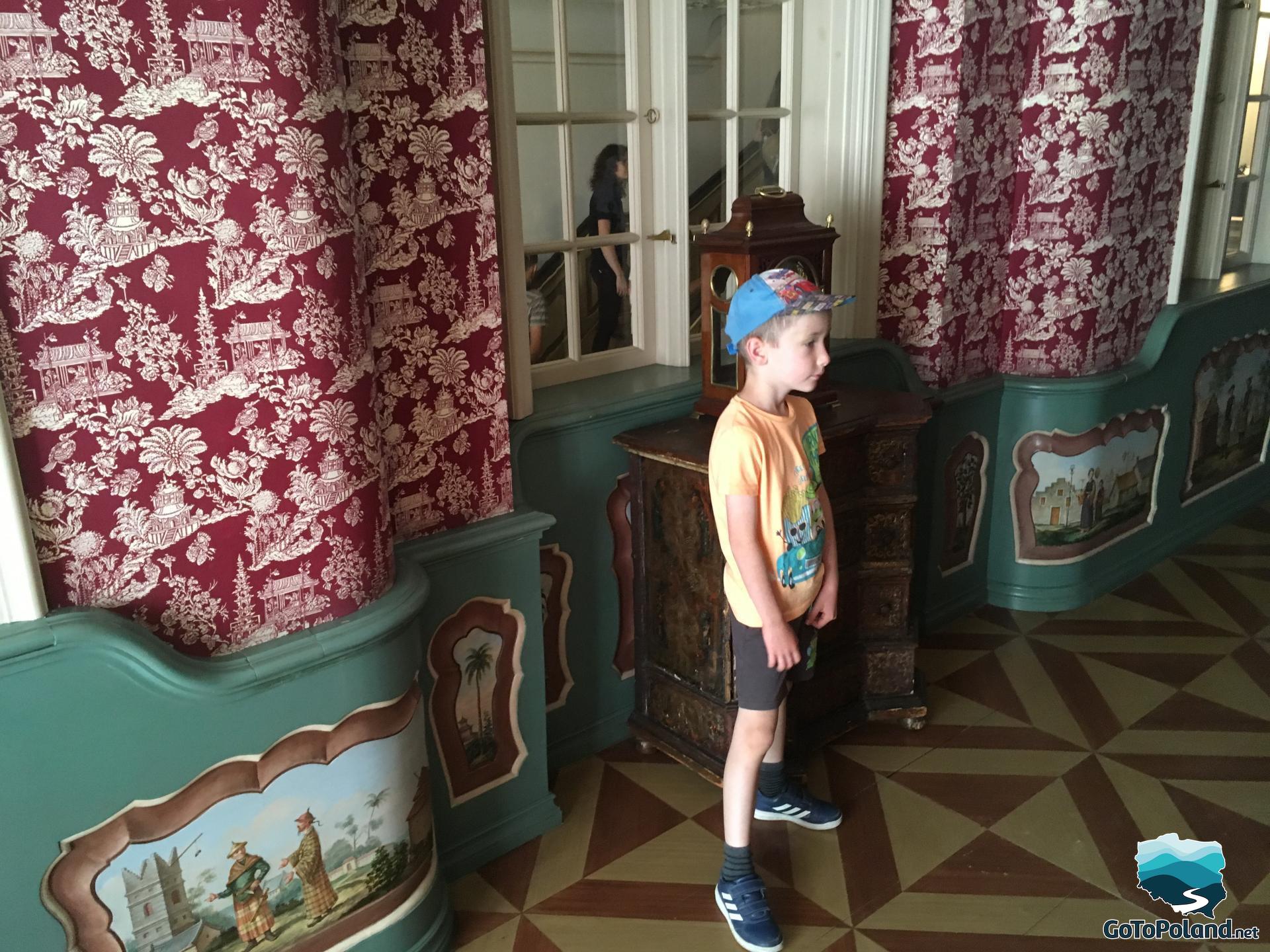
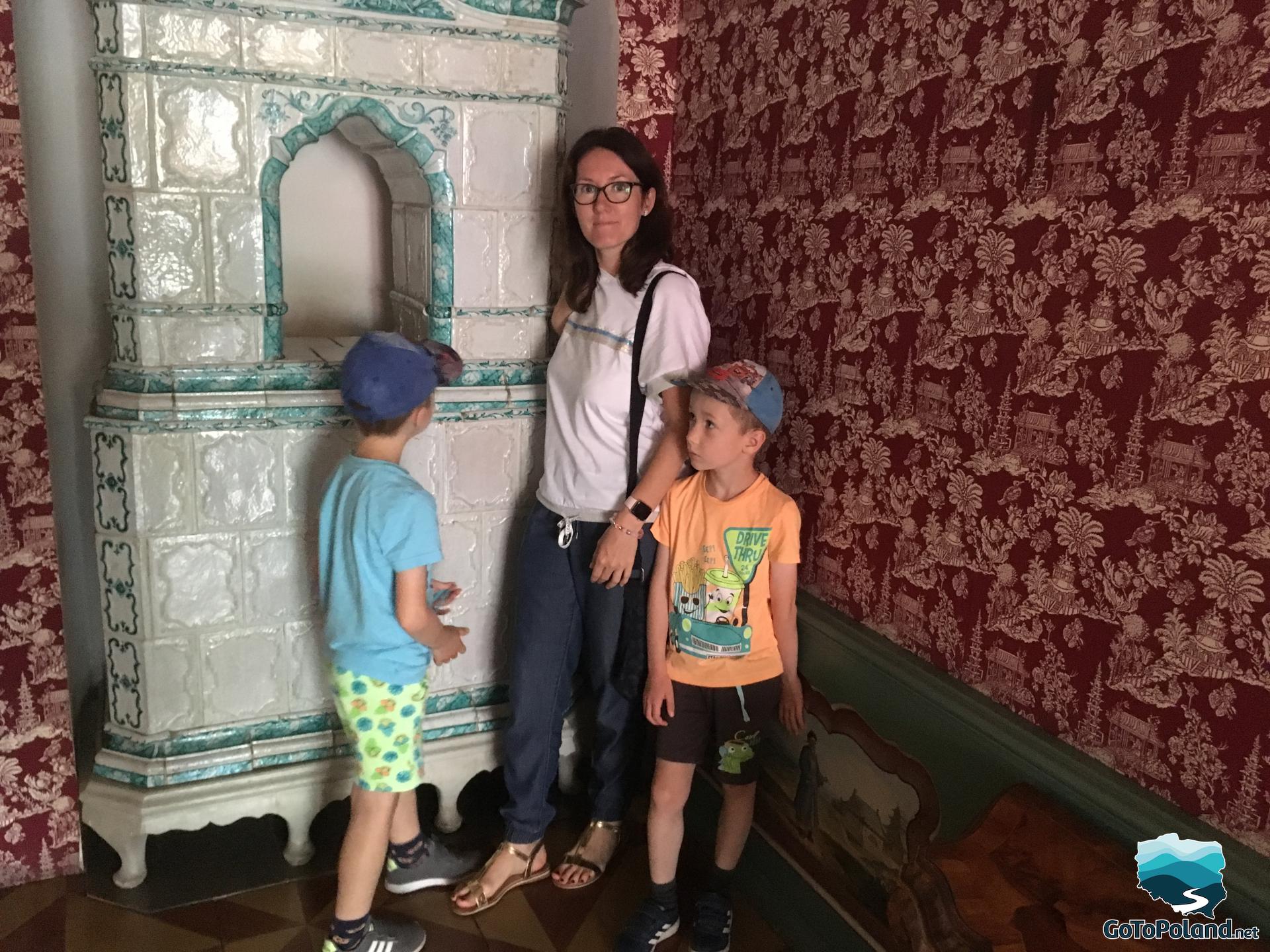
On the first floor there is a living room, the most representative interior of the house. The room is decorated with white paneling with panels presenting ancient buildings. The walls above the paneling are covered with fabrics. The ceiling is decorated with stucco decoration.
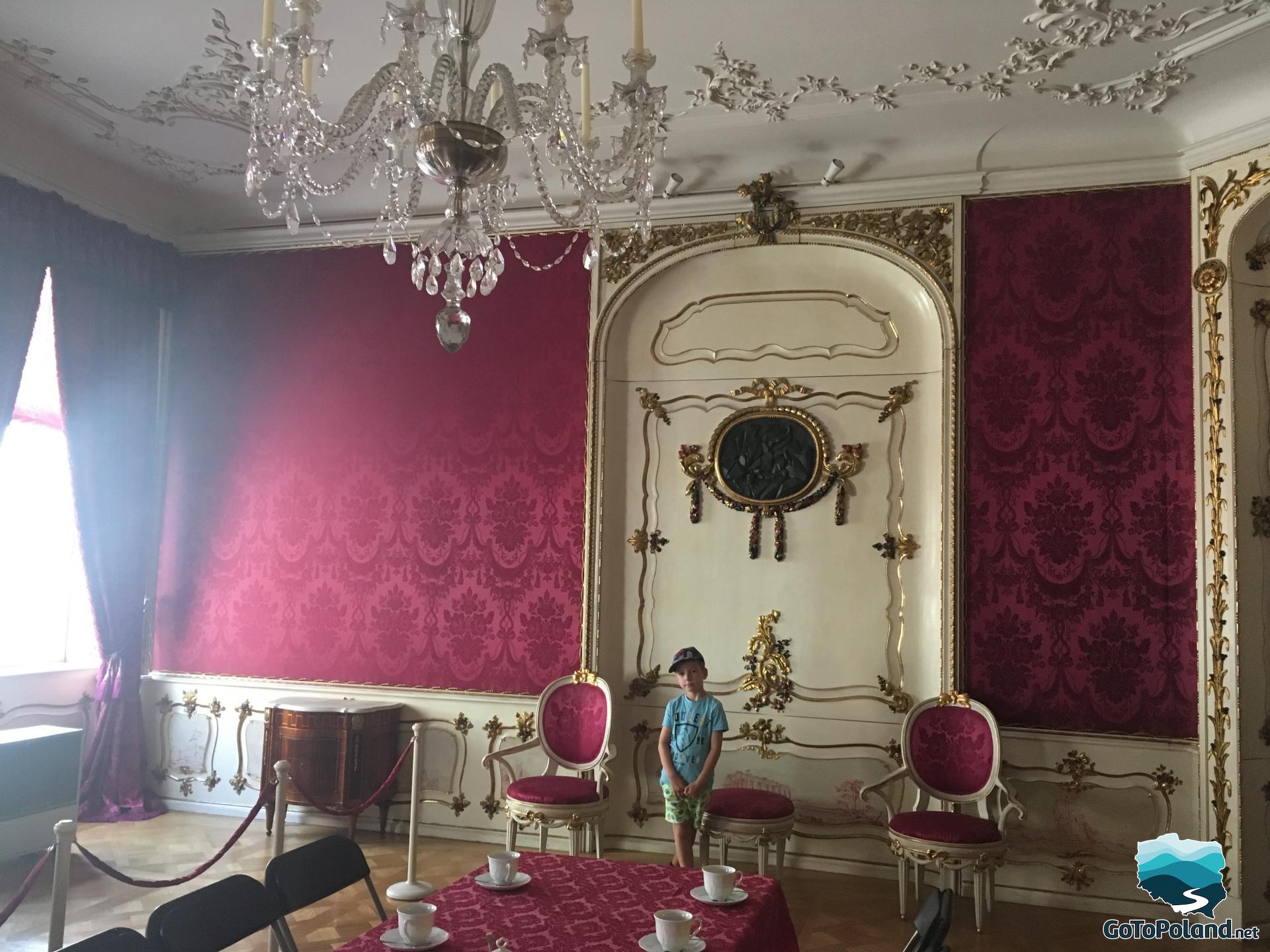
On the ground floor of the outbuildings there are utility rooms: a hall, a kitchen with kitchen appliances and a pantry.

The Artus Court is one of the most representative monuments located at the so-called Royal Route in Gdańsk. The Artus Court was built in Gdańsk in the years 1348-1350. Various entertainments took place in the Manor, such as masquerades, arcade games, concerts, and circus art. Over time, the manor served various functions, it was a merchant's house, a court, a stock exchange and even a place for international meetings.

The Great Furnace from the Artus Court in Gdańsk is a 16th-century monument - a decoration of the Great Hall, which is the main meeting place for the city's elite and the elites of modern Europe. Weighing 13 tons, 10.63 meters high, the furnace, which was the largest device of this type in the world, was decorated with 525 tiles presenting, among others, the crowned heads, both Catholics and Protestants. In the intention of the former authorities of Gdańsk, such a message was to call for tolerance and unity.
The furnace was partially secured during World War II. Some of the tiles were hidden in the countryside for fear of Allied bombing, and some were destroyed or dispersed. About 460 tiles have been preserved. Currently, the stove is after reconstruction, of which 90% are original elements.
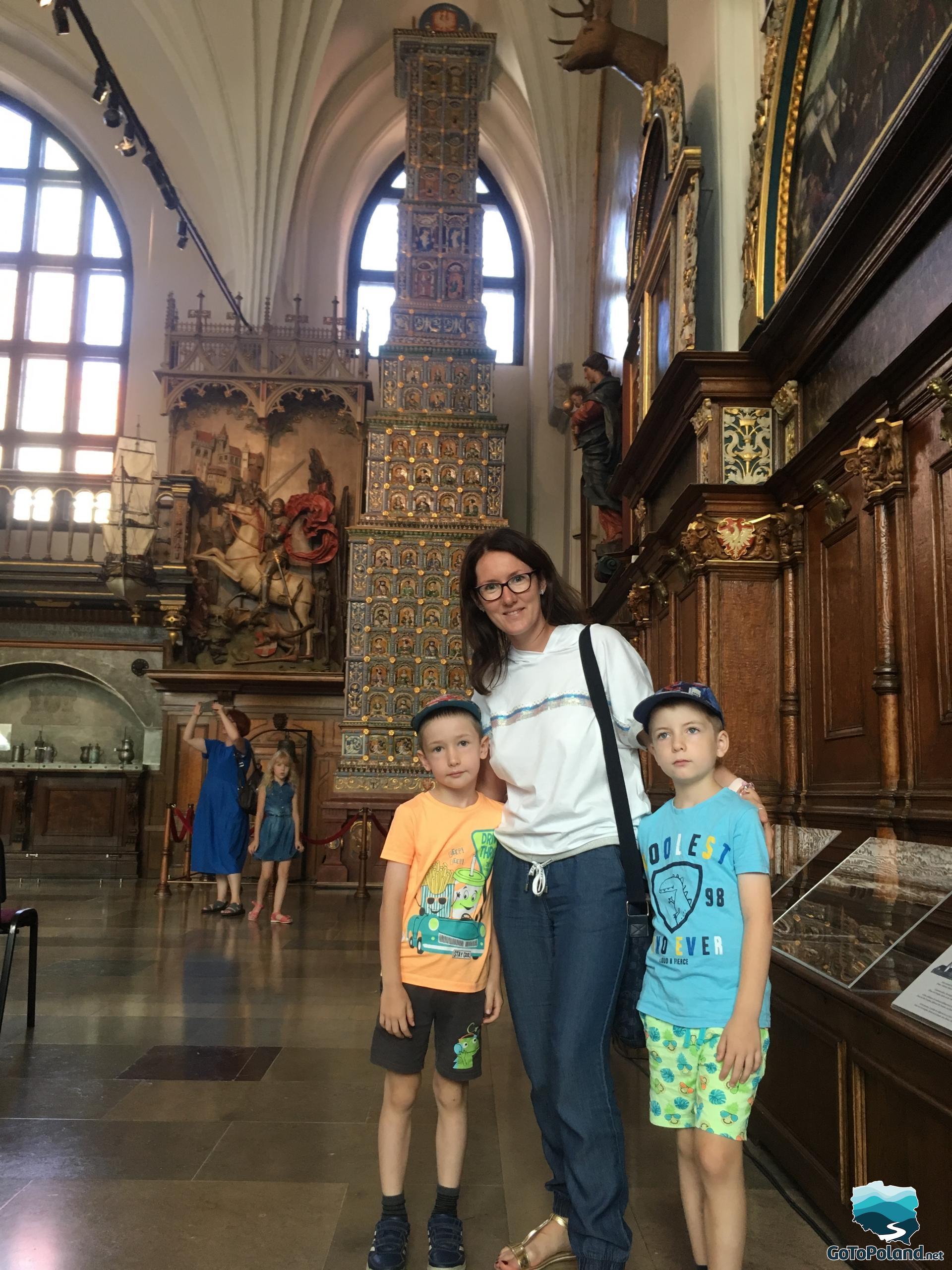
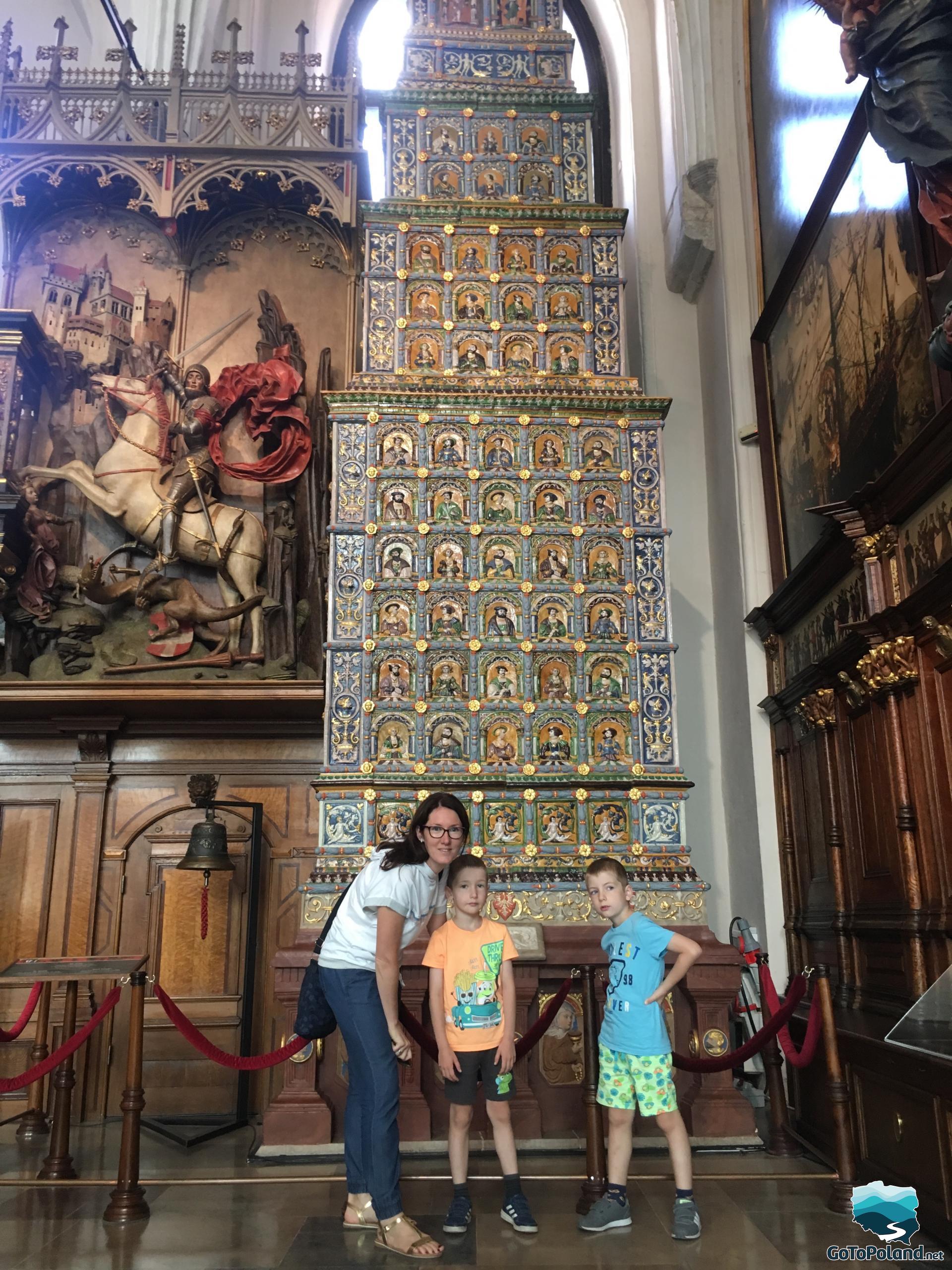
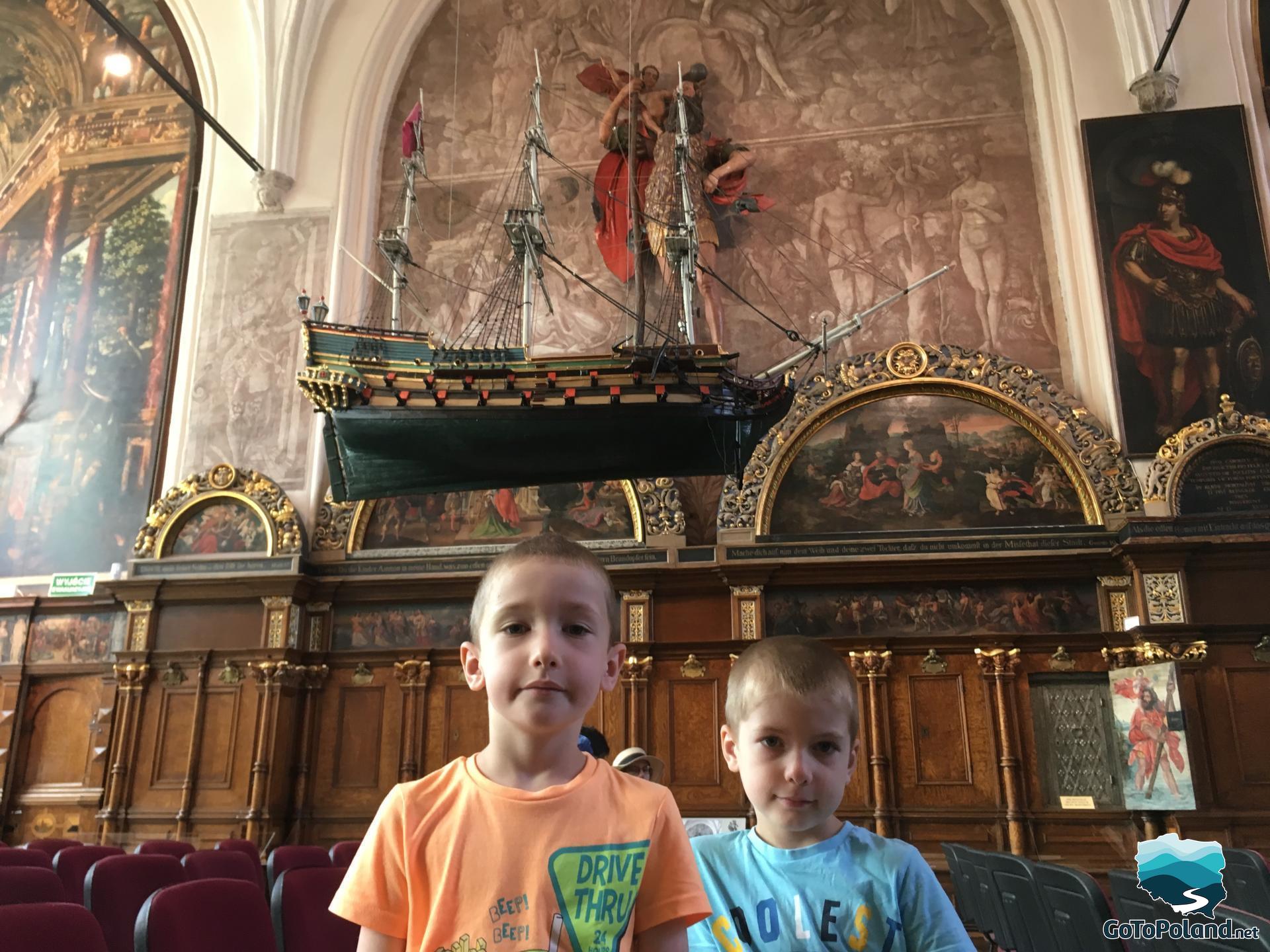

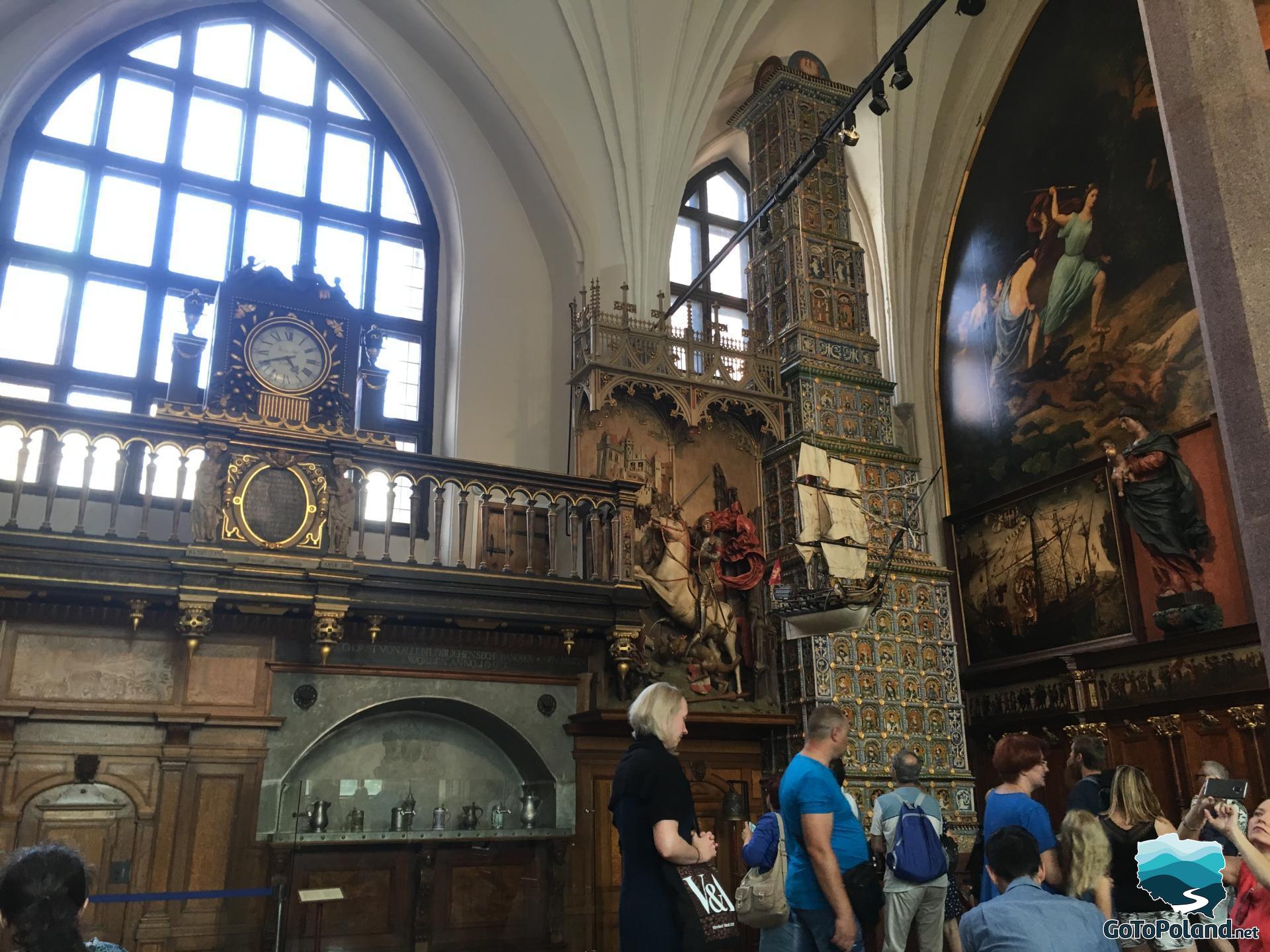
At the Artus Court, we can admire beautiful ships: Feluka (1579), Mars (1679), st. Jacob/St. James (17th century), Den Heldenmodige (the brave) (18th century), Nord Star (18th century), Model of an English frigate (2nd half of the 19th century), Covenant Ship (2007), Gdansk merchant ship (1775), Friedrich Wilhelm zu Pferde / Frederick William on horseback (mid 20th century), Piotr of Gdańsk (2nd half of the 20th century).
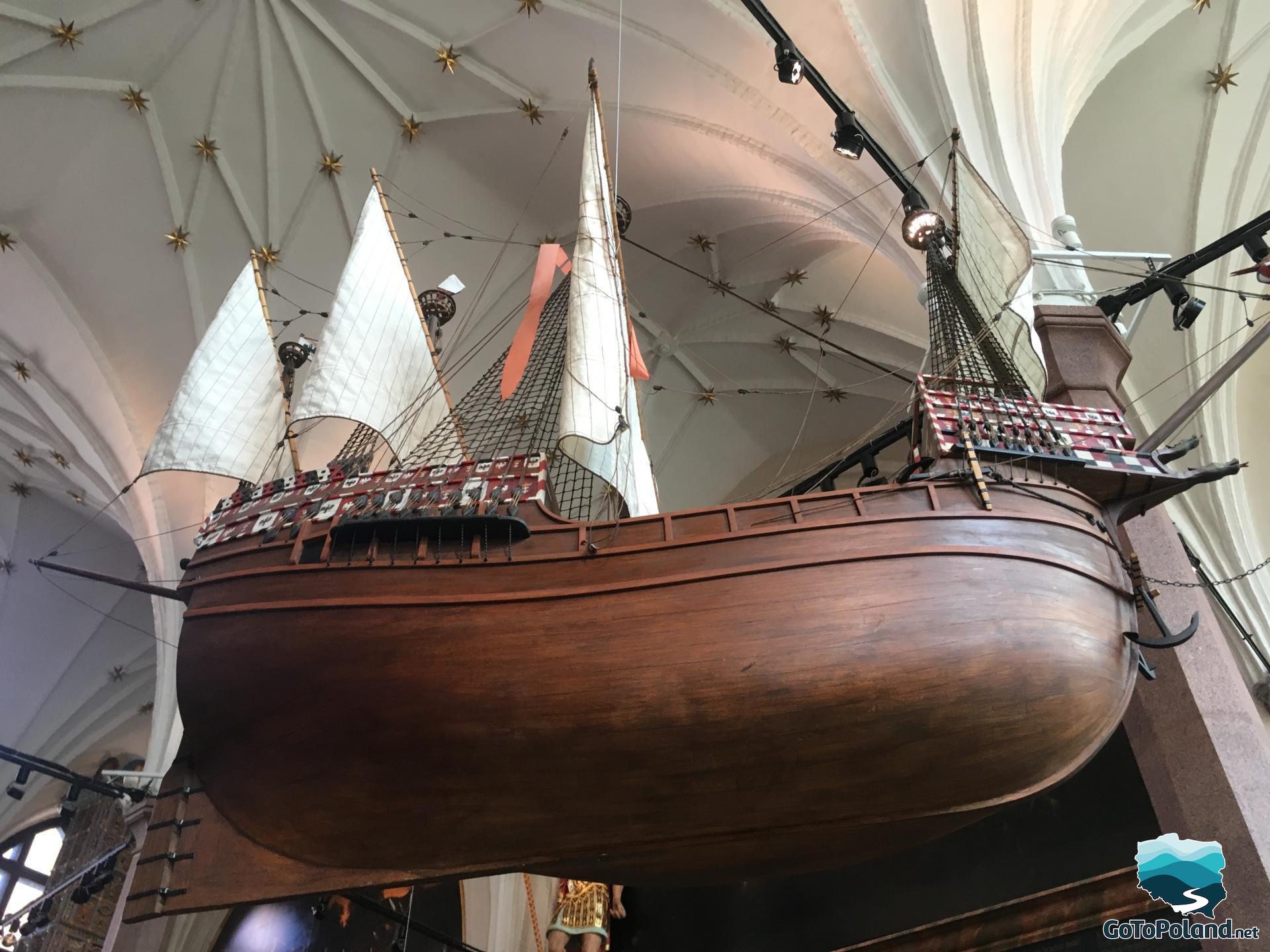
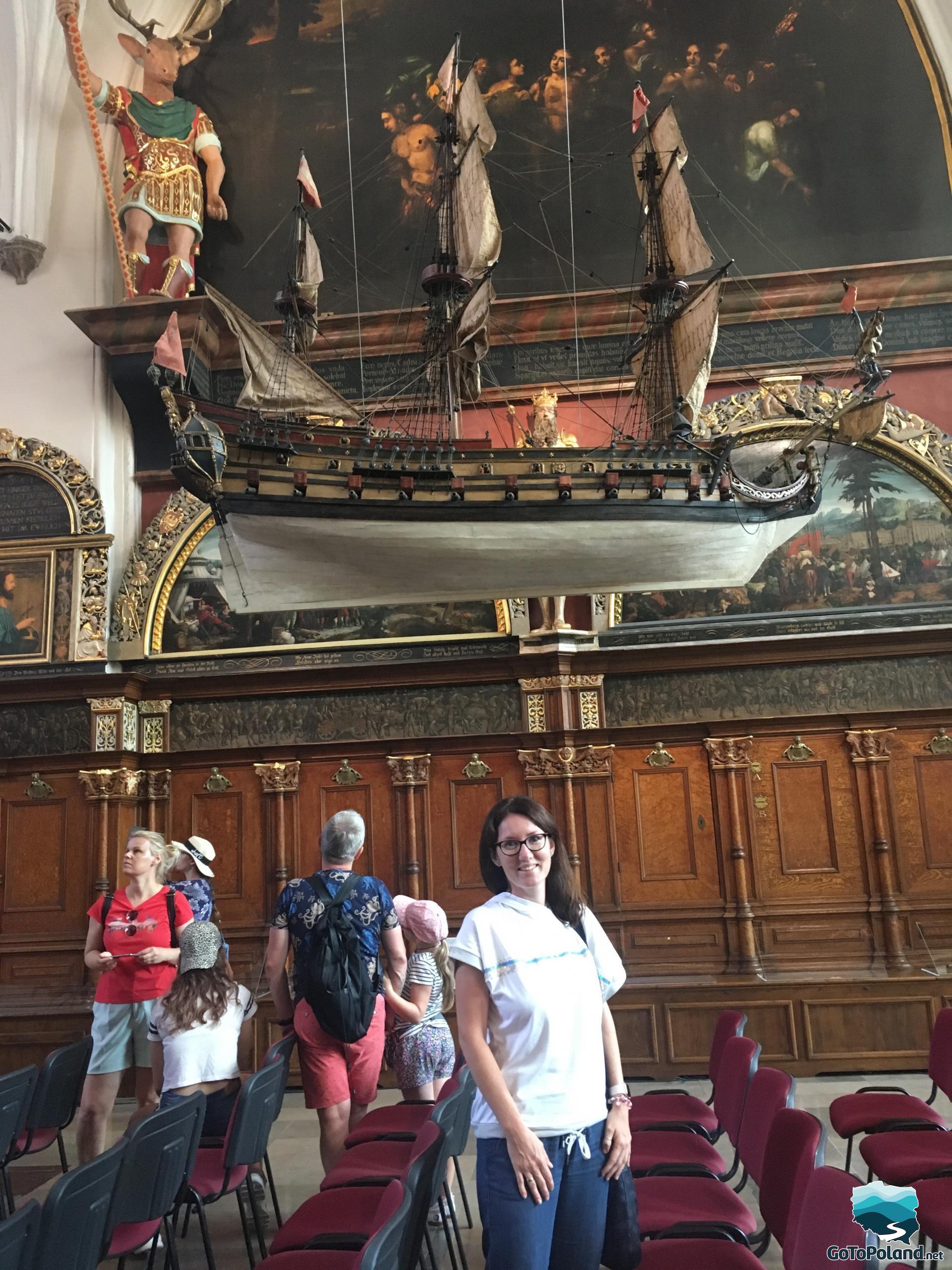
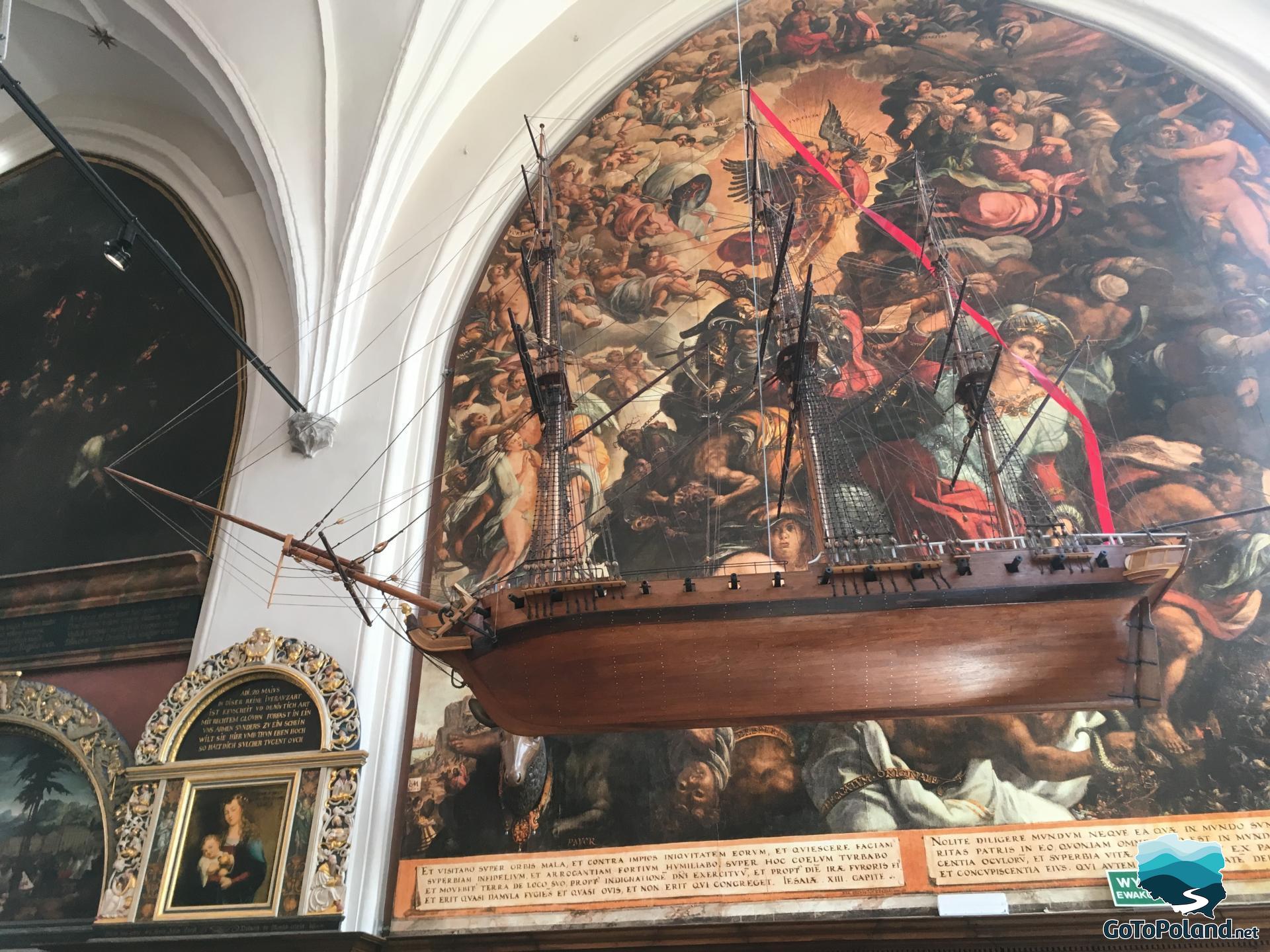
We are in the Town Hall. There is also museum which is worth seeing.
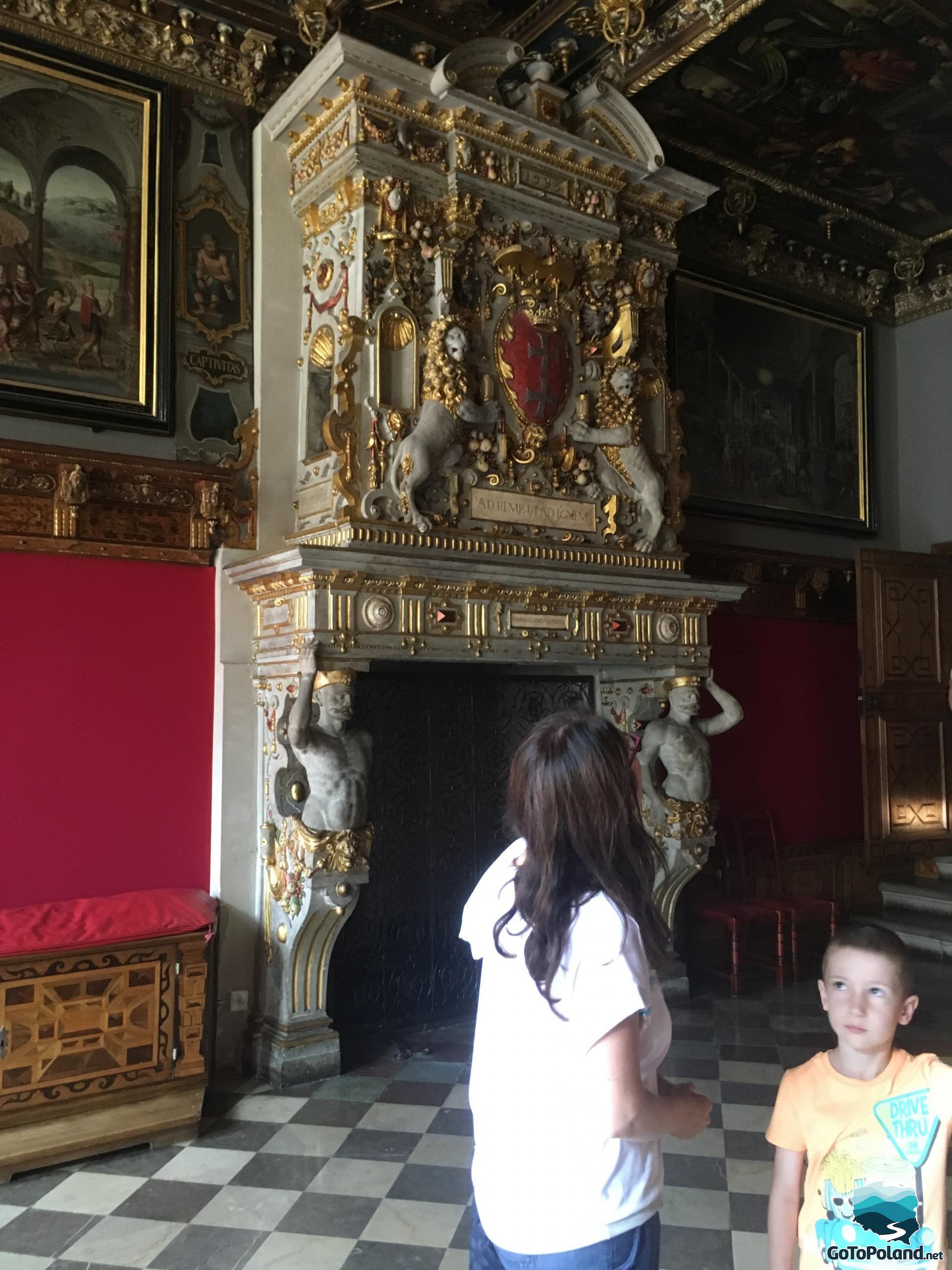
In the Hall of the Great Council (the so-called Red Hall) there is a painting "The Apotheosis of Gdańsk", also called "Allegory of Gdańsk Trade". The author of the painting was Isaac van den Blocke. The painting dates from 1608.
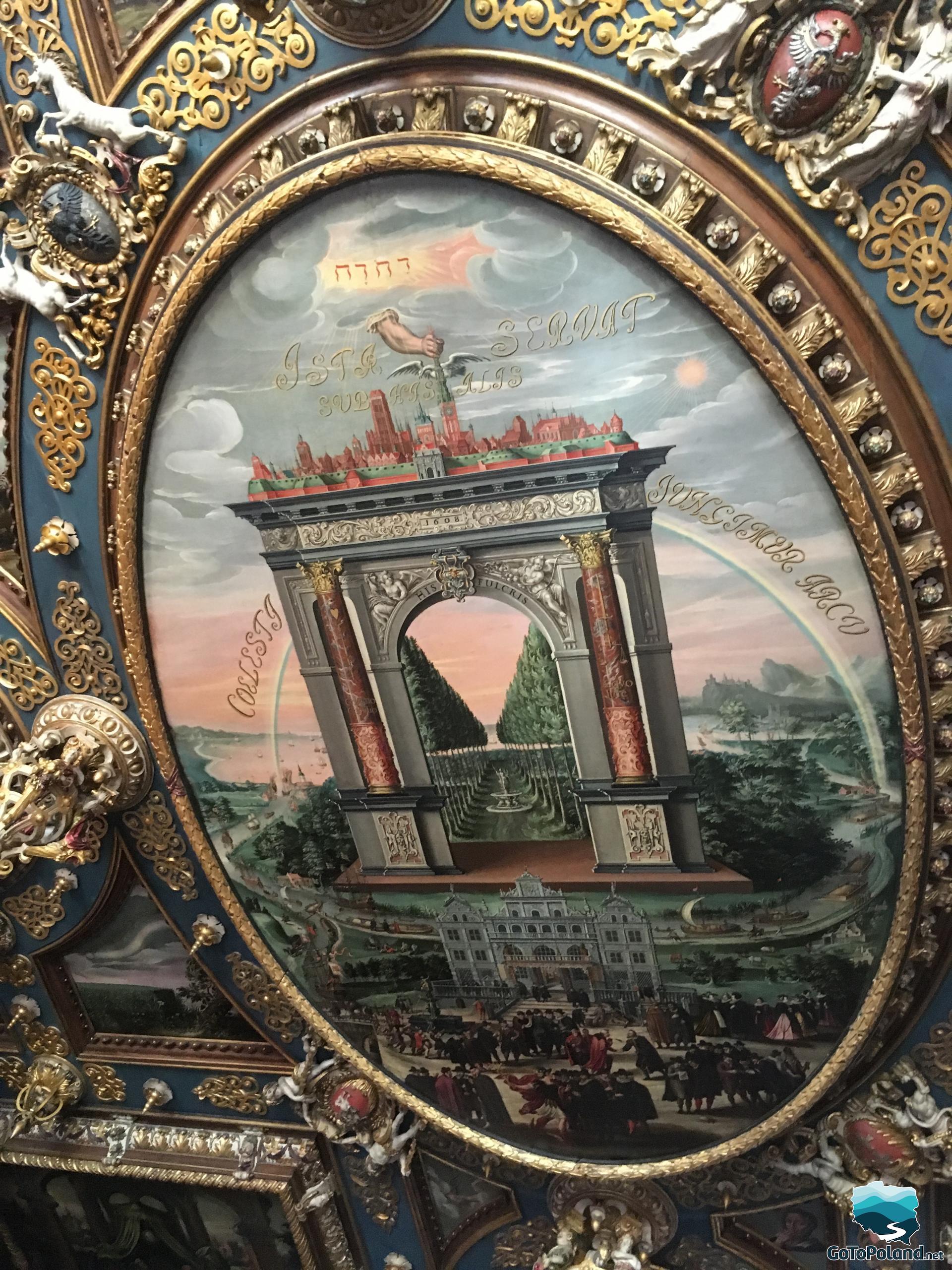
In the Gdańsk Museum located in the Town Hall.

For many years Gdańsk belonged to Germany, the city was called "Danzig" that's why in the museum you see the street signs with names in German like Danzigerstrasse.
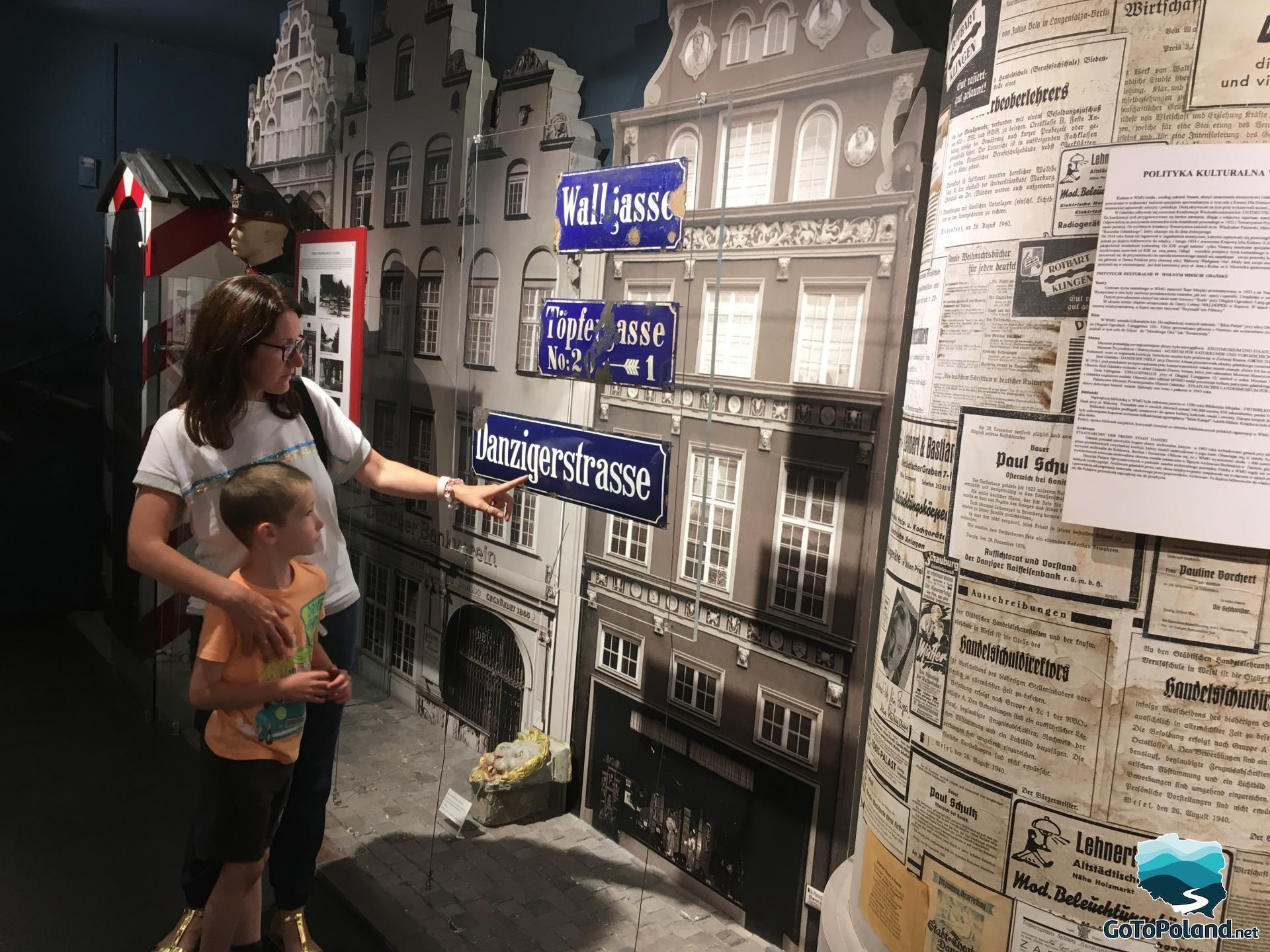
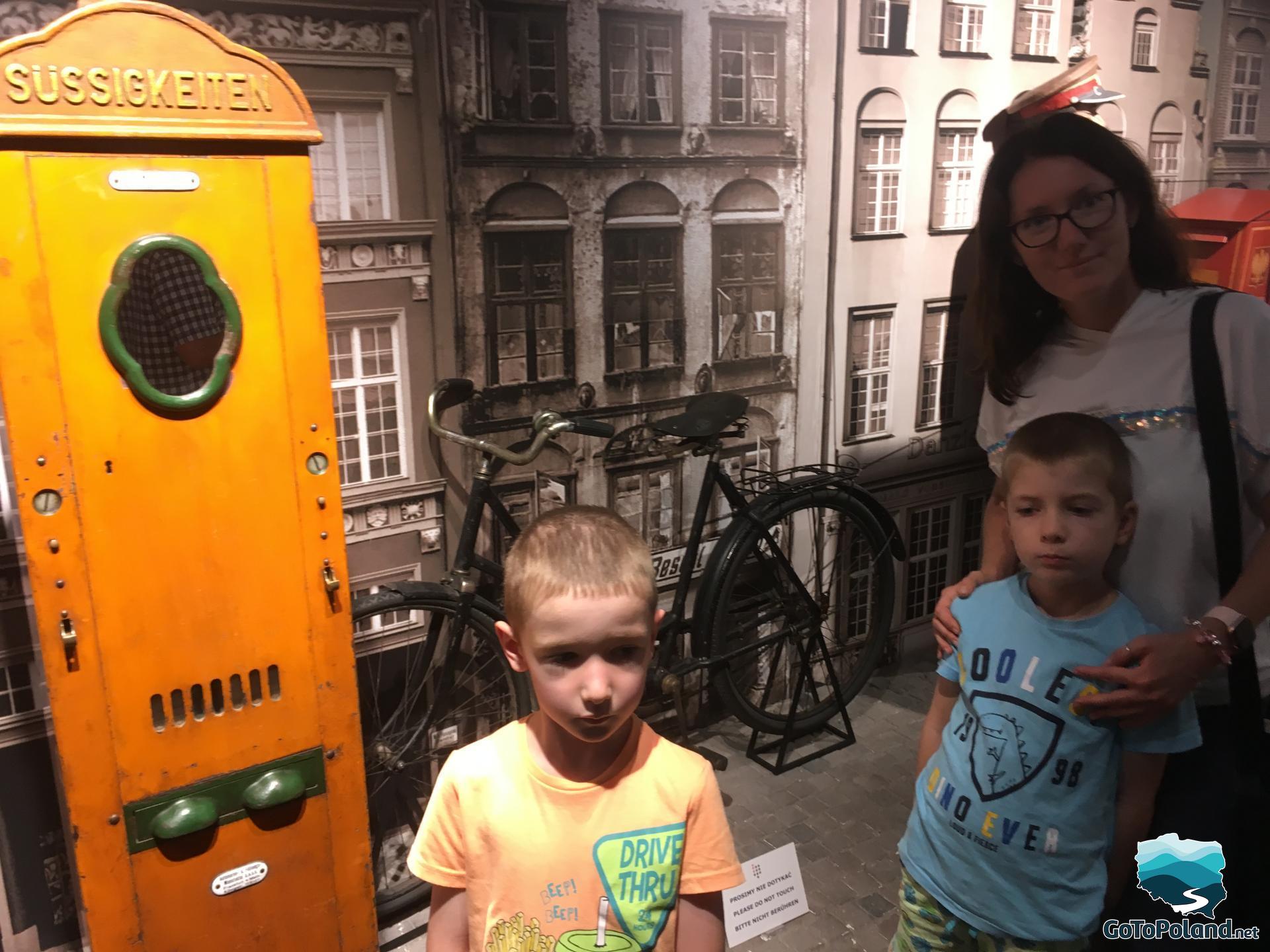

During the summer tourist season, you can enter the viewing gallery in the Town Hall tower, from where you can admire a wonderful panorama of Gdańsk from a height of about 50 m.
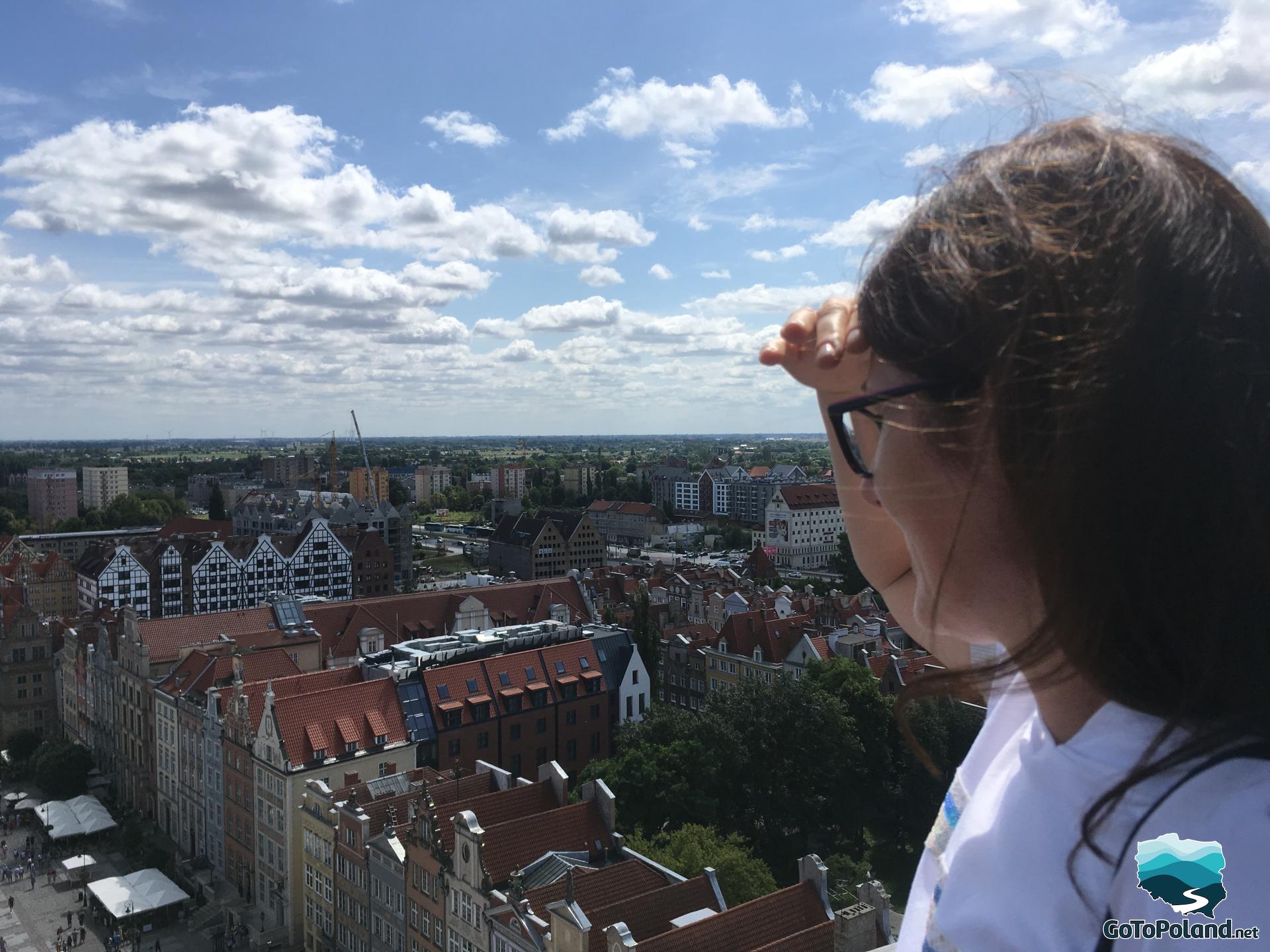
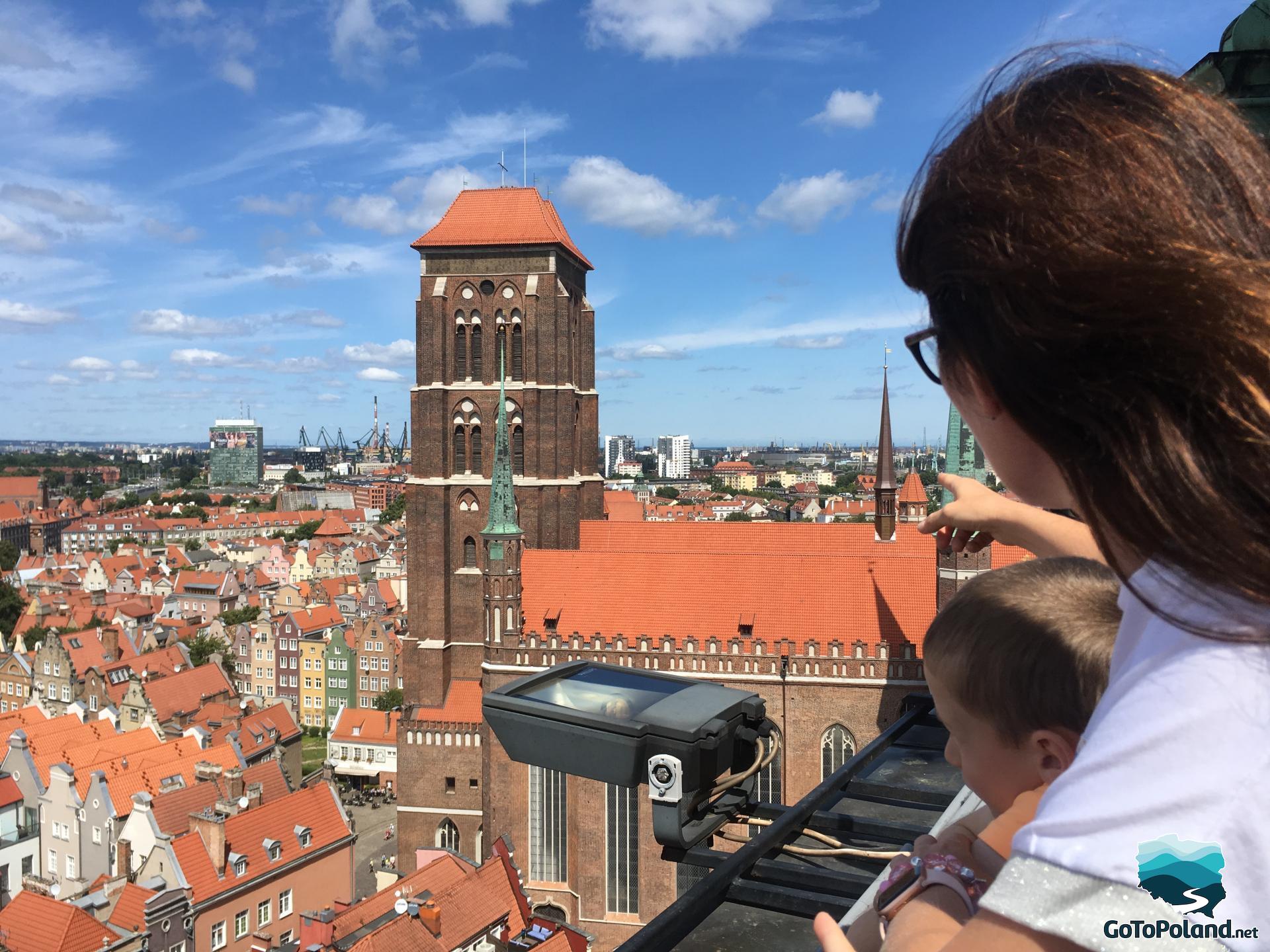
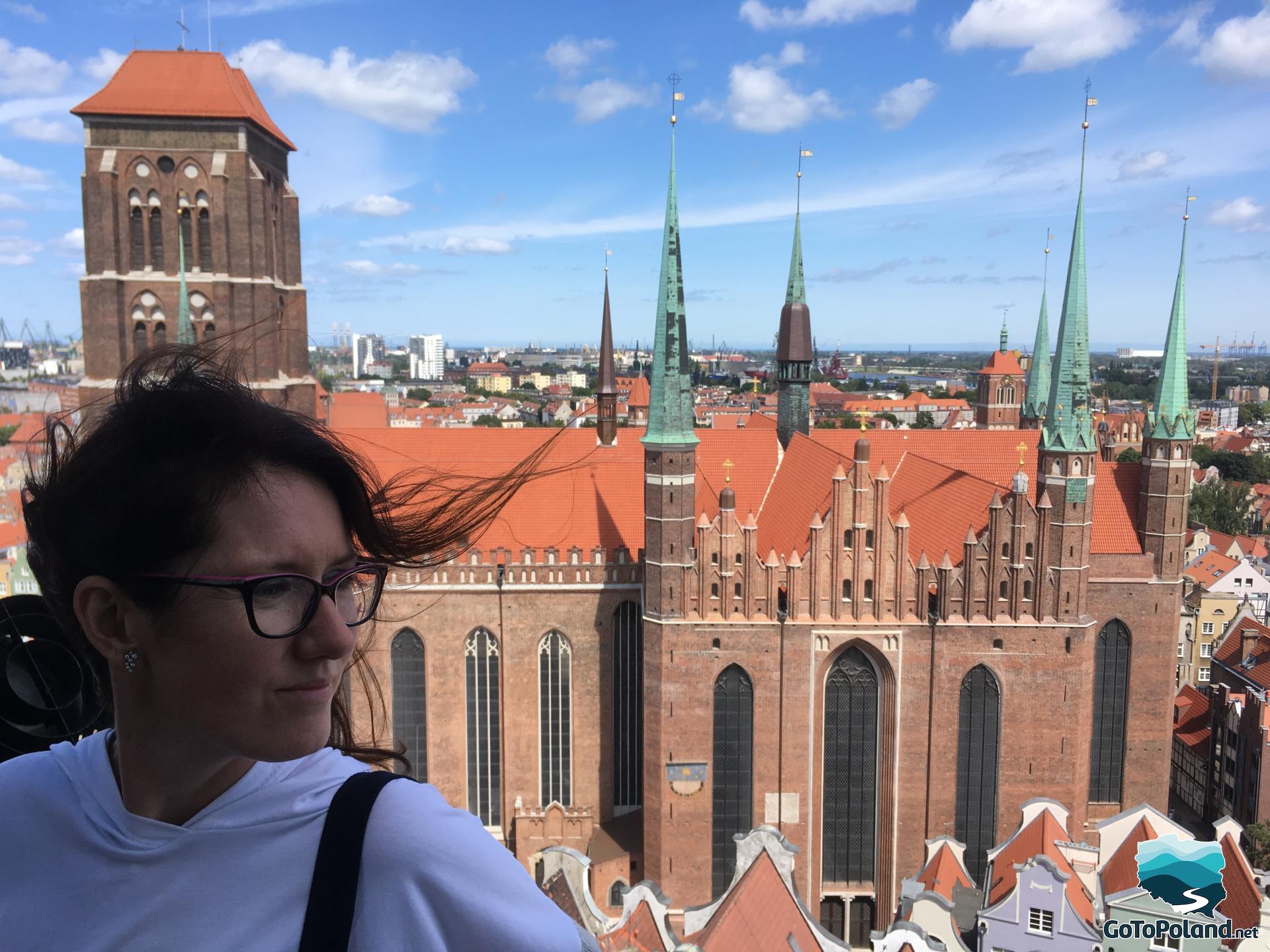

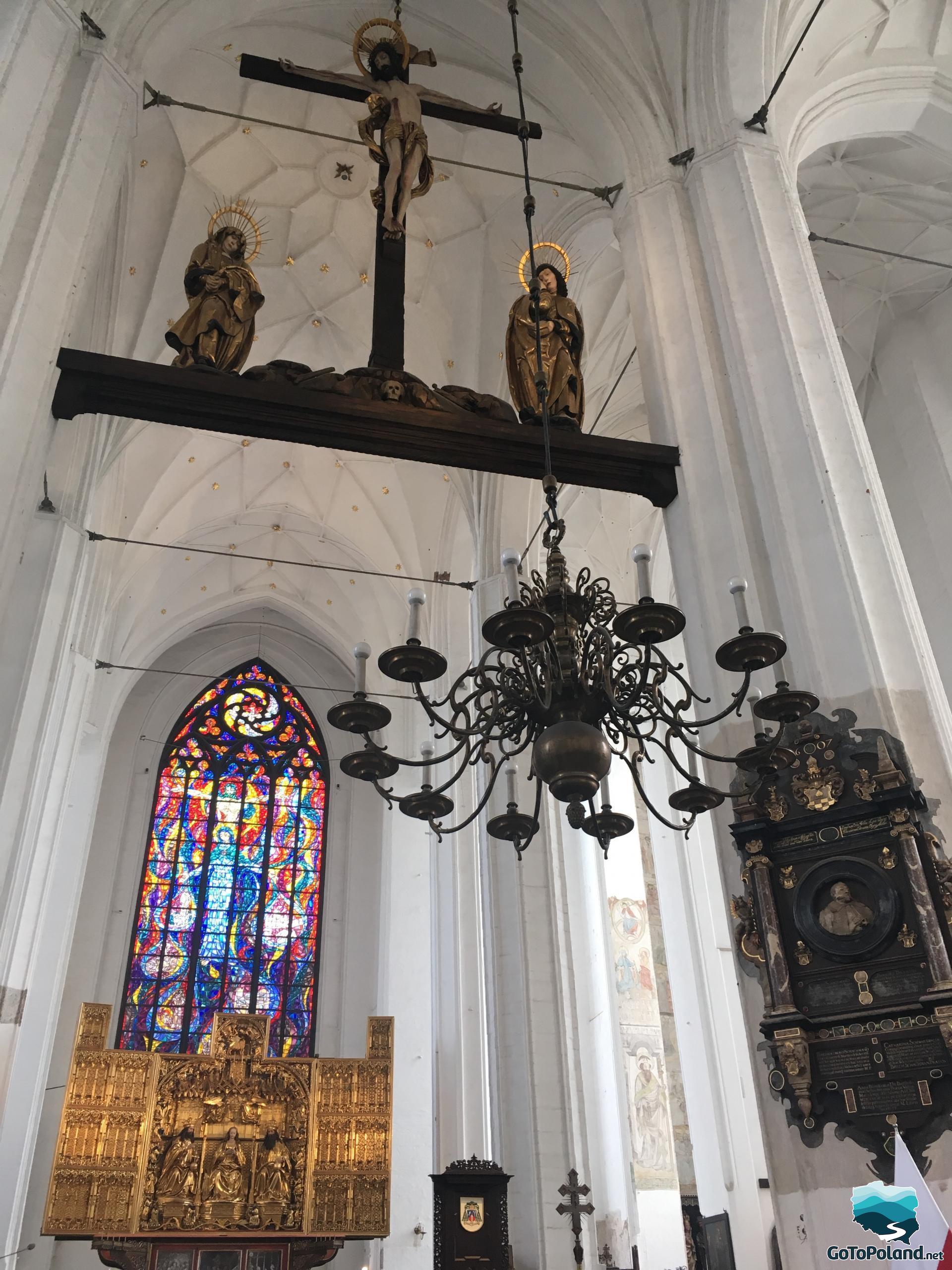
The historic city gate of the Main Town. It is the beginning of Długa Street and is part of the Royal Route. The Golden Gate was completed in 1612 according to the design of the architect Abraham van den Blocke. The building is maintained in a mannerist style with references to classical architecture.

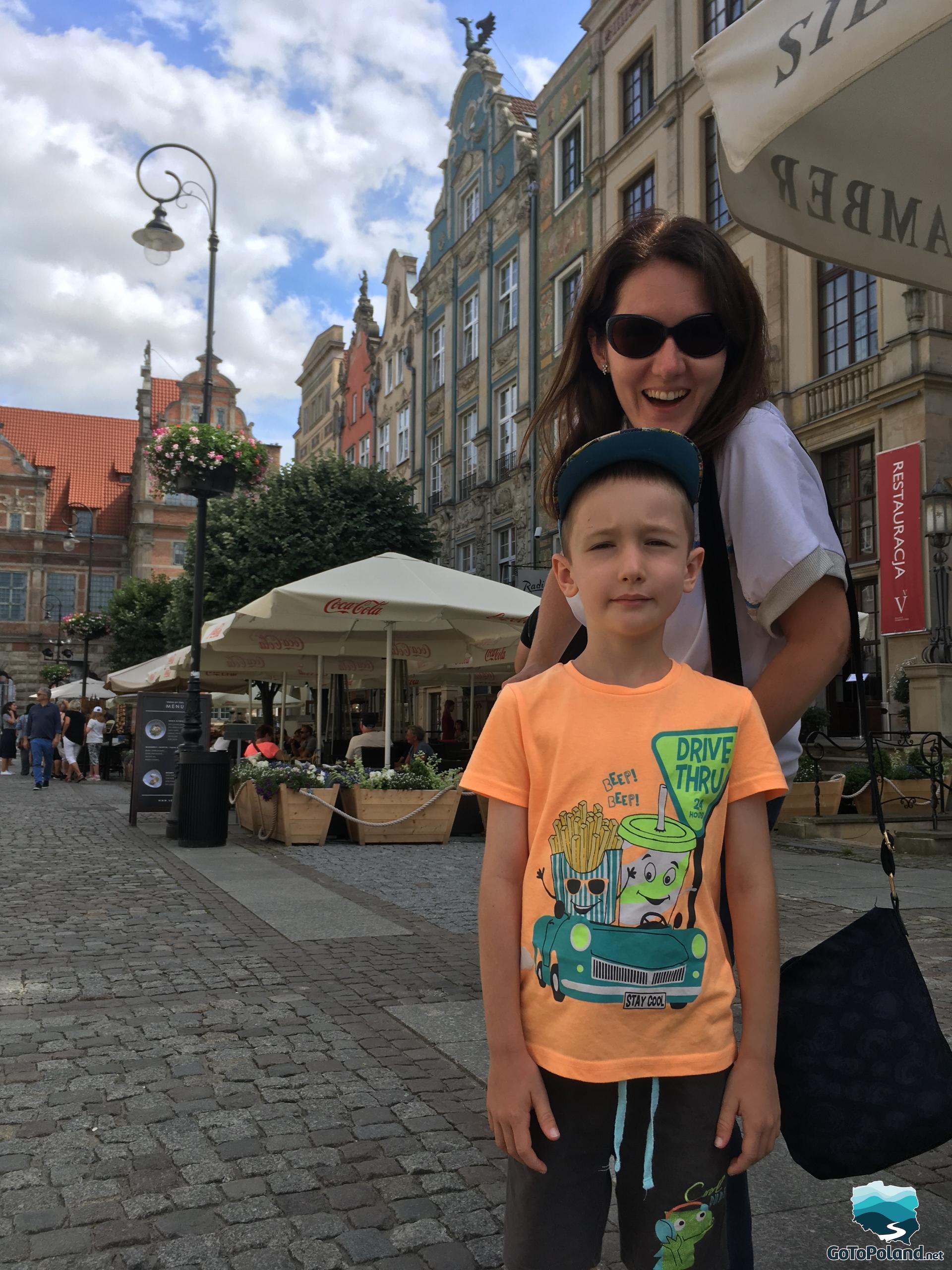


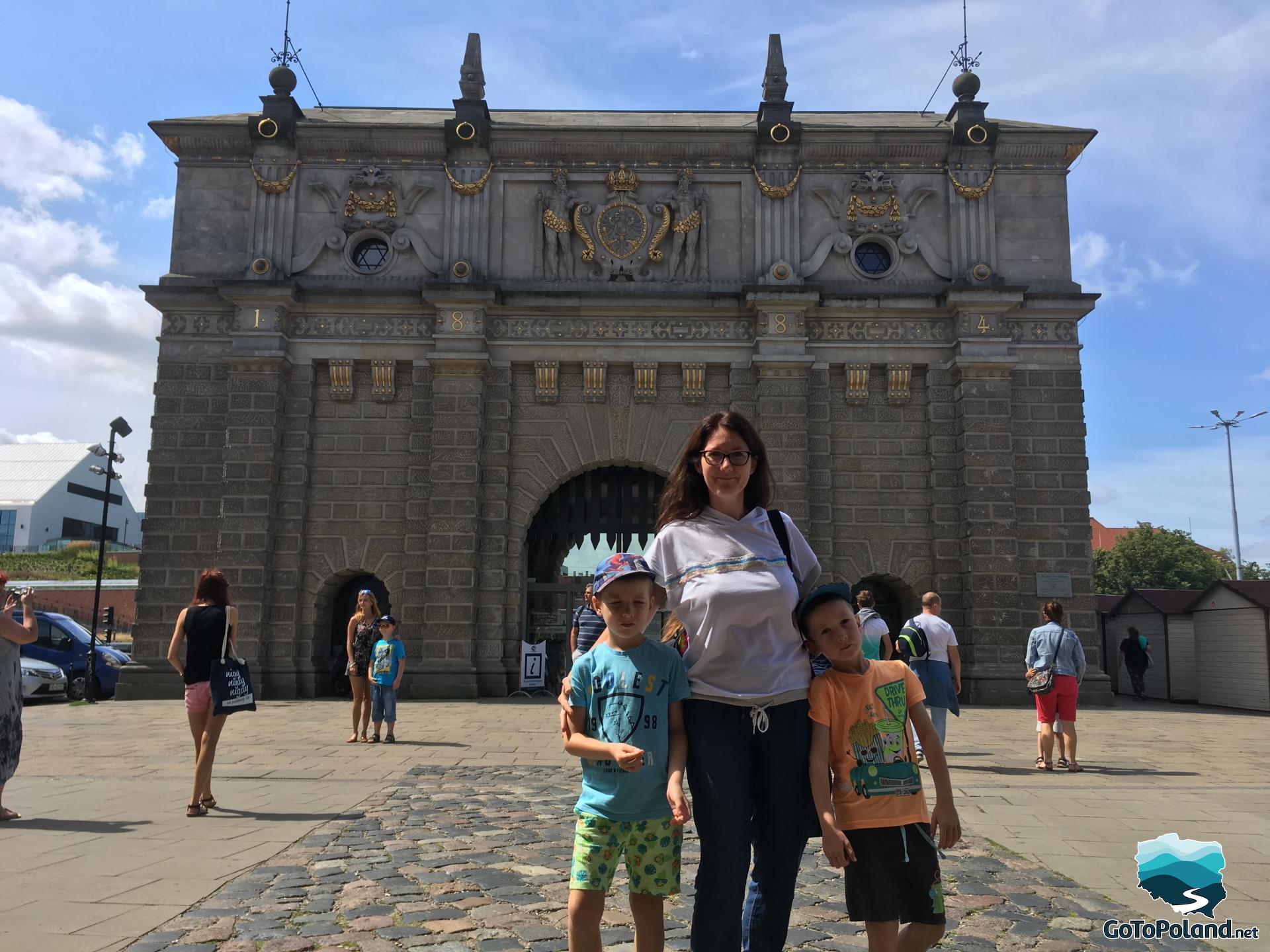
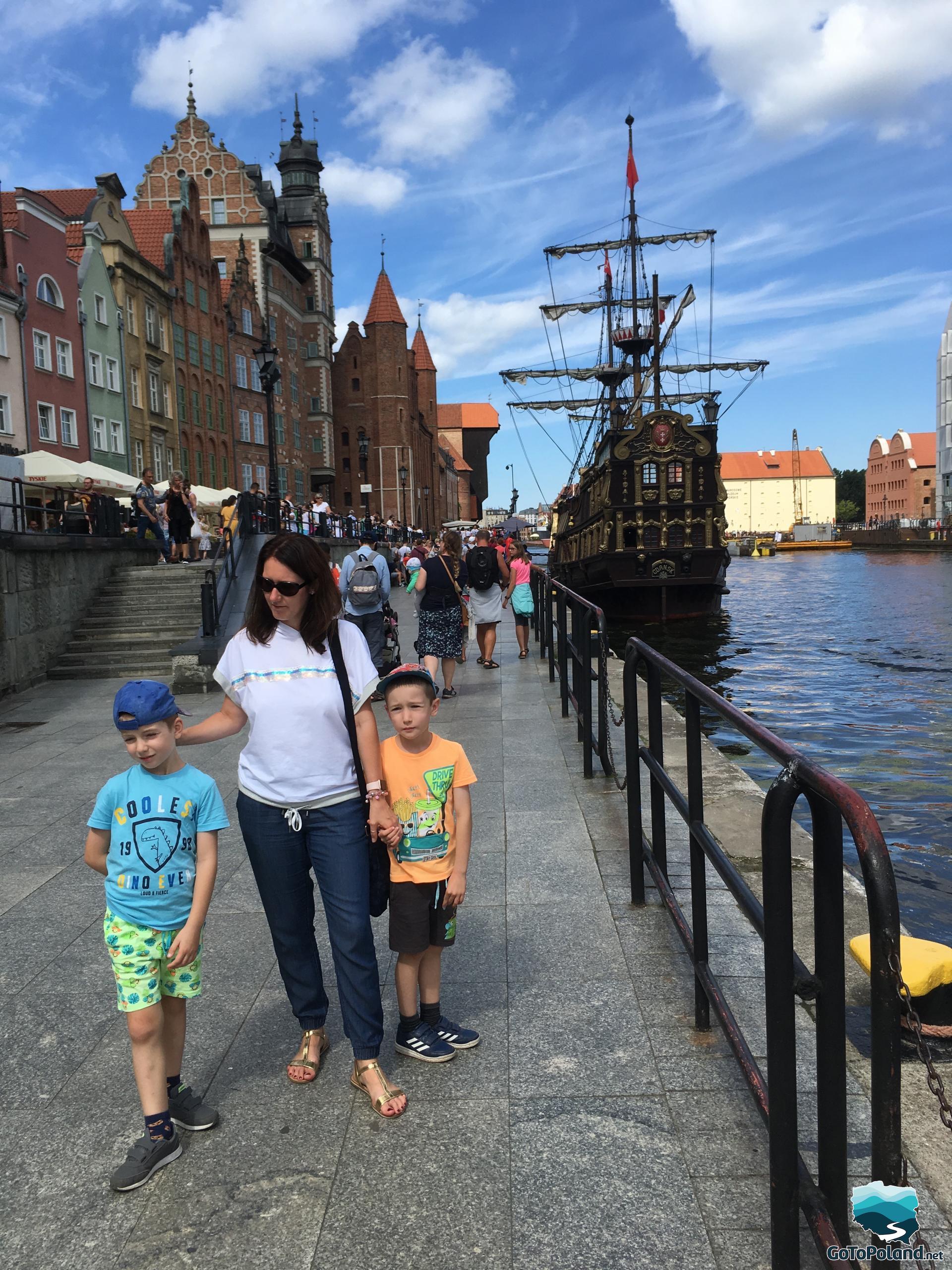

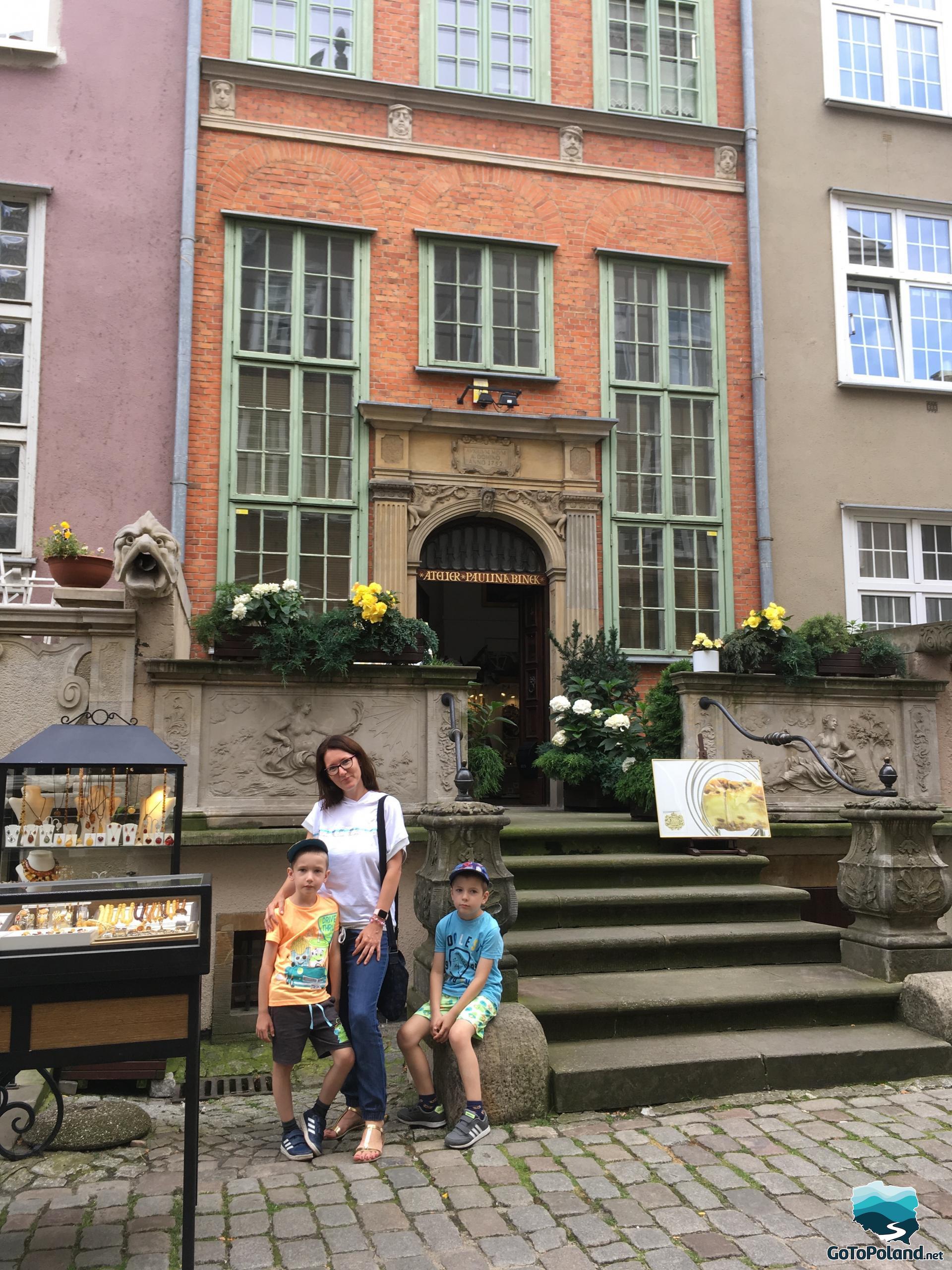
Sometime, there's no need to go inside, there's no need to visit a musem to see something special, unique, historic. I love such places like this in my photo. It's not a big deal, but what an impression old doors decorations and carved walls can make.

How to get to Gdańsk

